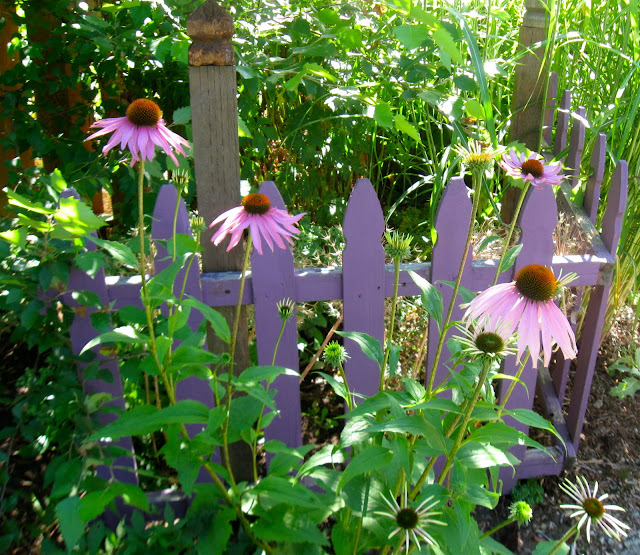The Swamp. Where giant lizards, poisonous snakes, and hand-sized spiders lurk among ferns and streamers of Spanish moss. A land of untamable beauty.
I had the pleasure of spending four days at the Ritz Carlton Grande Lakes in Orlando, Florida located along Shingle Creek, headwaters to the Everglades. I took the opportunity to paddle a kayak along the creek to view the Tillandsias (air plants), ferns, trees and other native plants. My guide, Carlos, pointed out those plants that had been transported by ship from oversees that were impeding on the native species. Also, eggs laid on trees from a snail that is incredibly invasive. Every Cypress trunk had 2" long red casings of eggs. He took several opportunities to squash as many as he could with his paddle.

Despite all of this it seemed to me that the swamp was flourishing. The cicadas were whirring, the birds were singing, and the carp were splashing about after being startled from their resting places by our presence.

The land here is
flat. From the air there is as much water as there is land with lakes, rivers, and ponds effortlessly flowing into one another creating waterways without end. The Ritz Carlton Grande Lakes is located on a smaller lake and borders a natural reserve area. The bird life here was staggering. Cormorants, Cranes, Egrets, Herons, among so many others. I spent hours walking the grounds and observing how the landscaping of the property aided in the responsible management of the wildlife. Taking cues from the surrounding natural environment the developers used native plant species where practical and most appreciated by the wildlife.

Not only were there plenty of birds but other creatures as well.

Since my time was short and the local Leu Gardens were not in seasonal color I decided to pursue the hotel itself. What grand-scale ideas could I bring down to the home owner level? Hotels are full of wonderful design ideas and some might surprise you!
Let's continue down the natural landscape path. Along the lake's edge were native water plants. As the bank rose to the hotel-laid walking path the use of grasses and sedges came into play supplying a barrier and cover for birds, reptiles, bunnies and rodents. I witnessed Bald Eagles, owls, hawks, and vultures hunting on the property. I honestly felt like I was in the Wild Kingdom! Not your typical hotel stay.
Pay close attention to how mass plantings create a sense of abundance and space. Hotel and commercial landscape architects use this tool skillfully and we can learn the art by observation.
Keeping the wildlife in their element and the humans in theirs.
Another wonderful find on this property was this restaurants vegetable gardens. One of six on site, organic fare was it's signature.
Let's move on now to more formal design.
Large pots make a statement and when similar plants are used around a central area they tie the space together.

These pots use different types of palms as the centerpiece and similar plants for fillers and trailers. Vibrant leaf color ensures striking beauty throughout a long season. In the adjacent garden large palms, set in rows, mimic the columns of the terrace. In cooler climates white bark birch would be a good choice.

I have never seen such an abundant use of coleus in a landscape and to tell you the truth, I was mesmerized! The selection of these colorfully leafed plants continues to grow and if they bloom in your climate it will be a bonus.


Rain every day didn't seam to bother these moisture lovers and with the new varieties that can withstand full sun we are not limited in our ample use of their vibrant color throughout the landscape. Pinching back keeps taller varieties in a neat bush.
In colder area (those that get frost), coleus should be grown as an annual.
I was rewarded richly for my closer investigation around this hotels property. Great design was around every corner. So the next time your garden visit plans get waylaid, take a walk and discover what's hiding just around the corner!


 We incorporate nature's designs into our architecture and landscapes...bringing nature to the city reminds us of the wild and bringing architecture into the wild reminds us of civilization. The juxtaposition of free flowing lines against formal structures brings balance and that is why we bring the two together so often in landscape design.
We incorporate nature's designs into our architecture and landscapes...bringing nature to the city reminds us of the wild and bringing architecture into the wild reminds us of civilization. The juxtaposition of free flowing lines against formal structures brings balance and that is why we bring the two together so often in landscape design.



















































